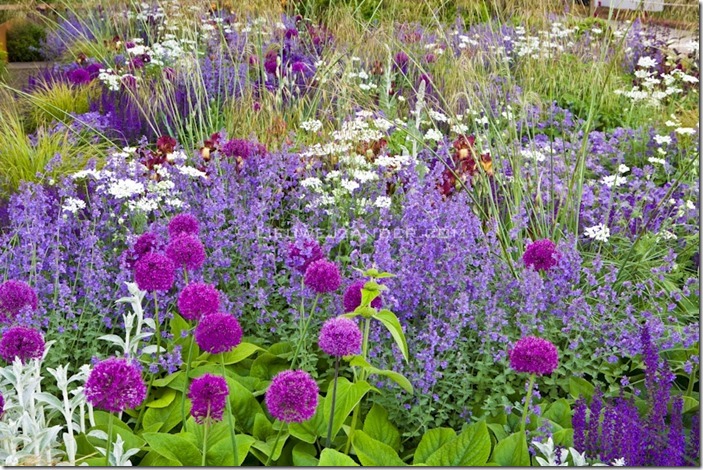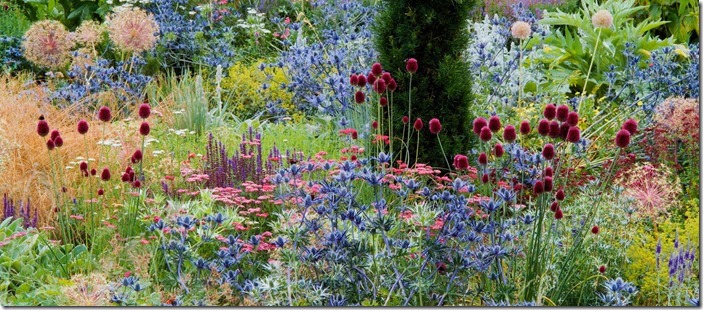
Changing Course
Thinking of Becoming a Garden Designer?
There are a myriad reasons for choosing to study landscape or garden design and perhaps that is why you are reading this blog. You may be a school-leaver or new graduate entranced by the notion of working with plants in the great outdoors. Perhaps you are seeking a new career direction, want to escape the rat race of commuting, can’t stand working in an office a moment longer, need a new and exciting challenge, or just want to be your own boss.
Often it is several of these. It is never too soon to make a start and it is certainly never too late. I speak from experience. I found my own career change from publishing to garden design to be the most rewarding and exciting of my life. Bring enthusiasm, an open mind, a willingness to learn and work hard and a sense of humour and you will learn much about yourself as well as garden-making. There is considerable misunderstanding about what a garden designer actually does. (See What is a Garden Designer?).
Make sure you understand the distinctions between landscape gardener, gardener, landscape architect, landscaper and garden designer before you sign up to your course.
The world you are about to discover will amaze, astonish and hopefully delight you. You will come to wonder how you ever walked in a garden or landscape made by people rather than nature, with so little understanding, such an innocent eye and so little knowledge. Even if you are already an extremely accomplished gardener, perhaps with a professional horticultural qualification, you may have little or no formal design training. If you design aircraft, clothes, furniture, buildings or theatre, you may still be a hesitant and amateur gardener.
You may currently work in retail, catering, the armed forces, engineering, nursing, teaching or local government. The point is that wherever you work and in whatever discipline there are very high levels of satisfaction, creativity, enjoyment and skills to be gained from learning how to design gardens and landscapes.
Some plants people do not believe design training is important. However, if you look at a corporate landscape or private garden without any design input it will lack rhythm, balance and harmony and so will appear disjointed and somewhat un-pleasing to the eye. Evidence of any love and care that has gone into the planting will have been greatly diminished.
A mathematically calculated and seemingly perfect hard landscaped design plan without a single green, living thing is equally unsatisfactory unless it contains other elements of passion and sensitivity, such as sculpture, water, or poems carved into wood. In a garden design course the two elements of design and horticultural knowledge are brought together so that the one enhances the other and neither is complete alone – the perfect partnership.
Combine these elements with passion, love and sensitivity and bring all to your work and you will succeed and feel a great reward in your achievements as a designer. The wonderful thing is that whatever your previous life and work experience you can bring it to bear on your own unique, personal interpretation of garden design.
Good luck and enjoy!





